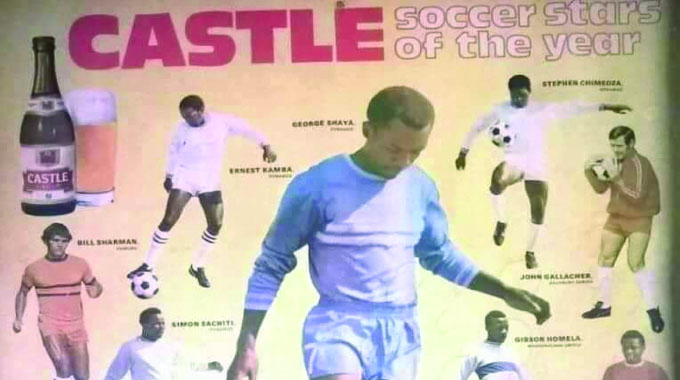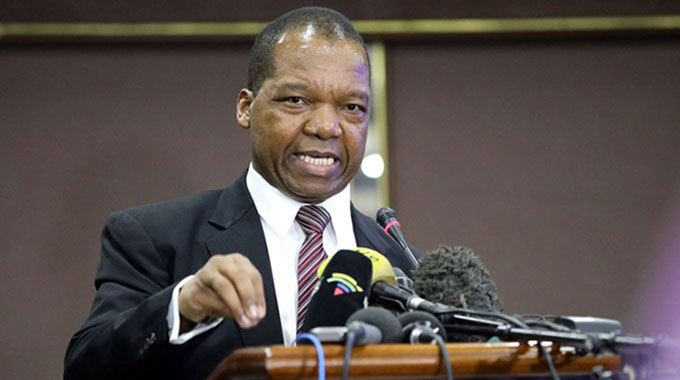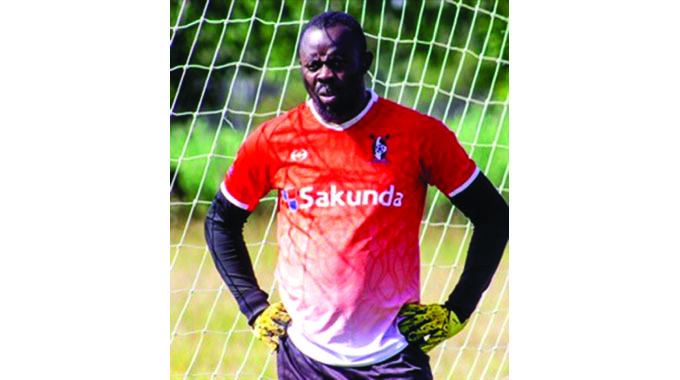The Trailblazing Class of ‘73

Robson Sharuko Senior Sports Editor
IN more ways than one, it was a landmark year, which represented both promise and perfection, as sport chartered into virgin territory.
From the Battle of the Sexes in tennis, when Billie Jean King beat Bobby Riggs in three sets at the Houston Astrodome, to HBO’s first live boxing broadcast of the world heavyweight boxing title showdown between George Foreman and Joe Frazier.
O.J. Simpson became the first player, in American football history, to run for more than 2000 yards in a season.
And, the Miami Dolphins completed the only perfect season, without a loss or a tie, in the National Football League history when they beat the Washington Redskins 14-7 at Super Bowl VII in Los Angeles.
Johnny Miller shot a final round 63, to set the lowest score at a Major, on his way to winning the US Open.
It’s a record that stood the test of some of the world’s finest golfers, with several of them only good enough to match it, in the subsequent years.
That is, until South Africa’s Brendan Grace shot a 62 at the British Open, three years ago.
And, in India, Sachin Tendulkar — who would later transform himself into one of the greatest batsmen of all-time — was born.
That was 1973!
On the domestic football front, George Shaya won his second Soccer Star of the Year crown.
The legendary Dynamos forward beat a star-studded field which including legends like Ernest Kamba, Simon Sachiti, Bill Sharman, Phineas Chideme, Kevin Sheridan, Topsy Robertson, Daniel Chikanda, Gibson Homela, John Gallacher and Stephen Chimedza.
The other 10 greats made it onto the Soccer Stars of the Year calendar that season.
It marked the first time, in the history of the awards, when a player was crowned the best, on the domestic scene, more than once.
Ironically, that same year, another player, who would win the same award twice, Peter Ndlovu, was born.
From Bulawayo to Brazil, from Nigeria to Norway and from Italy to Ireland, the global football production machine appeared to be working full throttle.
And, a number of footballers, who would transform themselves into trendsetters, for both their clubs and countries, were born.
From Ndlovu to Jay Jay Okocha, from Ryan Giggs to Essan el-Hadary and from Fabio Cannavaro to Roberto Carlos, the football production machine provided the world with some iconic footballers in 1973.
For, one reason or another, many of them went on to write football fairy tales, of greater significance, than Shaya picking his second Soccer Star of the Year award that year.
PETER NDLOVU
Born on February 25, 1973, he would — at the age of just 18 — win his second Soccer Star of the Year in 1991 but, bigger achievements, were in store for him in the later stages of his career.
On August 19, 1992, Ndlovu blazed a trail when he became the first African footballer to play in the English Premier League and, in the process, opened the doors for scores of the continent’s legends like Didier Drogba, Samuel Etoó, Mohamed Salah and Sadio Mane.
On March 14, 1995, he became the first visiting footballer to score a hattrick, against Liverpool, at Anfield, since 1961, when he powered Coventry City to a 3-2 victory.
Thirty five years later, no other African footballer has managed to score a league hattrick against the Reds at their Anfield fortress, despite some of the best talents, from the continent, trying their luck.
In fact, no Manchester United player, has scored a hattrick at Anfield, in football history with Gary Pallister, Andy Cole, Diego Forlan, Juan Mata and Giggs only scoring twice.
Ndlovu holds the record for most caps, for the Warriors (100), and the leading goalscorer for the team, with 38.
JAY JAY OKOCHA (NIGERIA)
Born on August 14, 1973, Okocha is regarded as one of the finest footballers to emerge from Africa and was a member of the triumphant Super Eagles side which won the 1994 AFCON title and Olympic gold at the Atlanta Games in the United States in 1996.
Two years after that success in the United States, French giants Paris Saint-Germain splashed about £14 million to sign the Nigerian playmaker, the biggest transfer fee, involving an African footballer, back then.
In Paris, he was tasked with providing mentorship for newboy, Ronaldinho, who had arrived from Brazil.
Along the way, he won the Nigerian Footballer of the Year seven times, the BBC African Footballer of the Year twice and was voted the AFCON finals Best Player in 2004 where he also was the top scorer.
There is even a Jay Jay Okocha Stadium, in his honour, in Ogwashi-Uku, Anioma, Nigeria.
ESSAM EL-HADARY (EGYPT)
Born on January 15, 1973, the trailblazing Egypt goalkeeper, Essam El-Hadary, set the record for the oldest player to feature at a World Cup in Russia two years ago.
Last year, he announced his retirement from international football, at the age of 45, having won four AFCON titles and played 159 times for his country.
“After 22 years, four months and 12 days, I saw it as the best moment to hang up my gloves,” he said.
“I am very proud to have played with the national team in 159 internationals, participating in unprecedented achievements.”
He is the oldest player to play in, and debut, at the World Cup after breaking the record of Colombian international goalkeeper, Faryn Mondragon, who had featured at the tournament at 43 years and three days.
El Hadary even saved a penalty in that match against Saudi Arabia.
In November last year, the FIFA World Football Museum, exhibited his World Cup gloves in recognition of being the tournament’s oldest player and, also, the first African ‘keeper to save a penalty at the showcase.
FABIO CANNAVARO (ITALY)
Born on September 13, 1973, he was the Italian skipper when they won the World Cup in 2006.
He is the last defender, to win the Ballon d’Or, that same year, and the only defender to have handed that honour since German legend, Franz Beckenbauer, won the award in 1976.
Cannavaro’s finest hour, when he guided Italy to the World Cup final win in 2006, came on the special occasion of his 100th cap for his country.
He played every minute of Italy’s World Cup campaign, that year, and was the rock on which the team built its success as they kept five clean sheets and conceded just two goals, an own goal against the United States, and the penalty converted by Zinedine Zidane in the final.
With 136 appearances for his country, he remains Italy’s most capped in-field player of all-time.
Other members of the Class of ’73, who have gone on to shake world football, include Giggs, the most decorated player when it comes to English Premiership titles (13), most Premier League assists (162) and only player to score in 22 successive Premier League seasons.








Comments